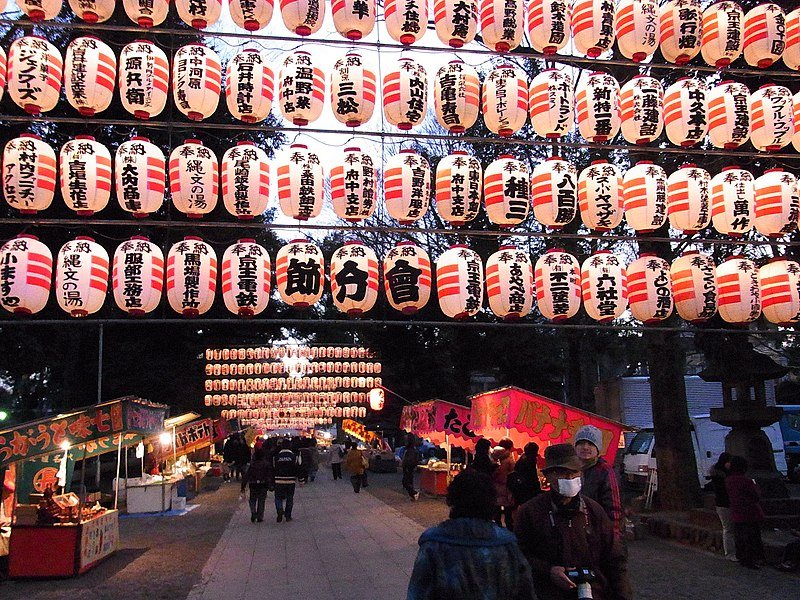Setsubun: Welcoming Spring with Tradition and Craft
©Japan Suite 2025
Setsubun(節分), traditionally celebrated on February 3rd, marks the transition from winter to spring according to the old Japanese lunar calendar. However, in 2025, Setsubun falls on February 2nd due to the shifting lunar cycle. The day is best known for its lively mamemaki (bean-throwing) rituals, where roasted soybeans are thrown to drive away evil spirits with the chant "Oni wa soto, fuku wa uchi!" ("Out with the demons, in with good fortune!"). This practice, rooted in ancient beliefs about purifying the home and inviting prosperity, remains a beloved tradition in households and temples alike.
Beyond the rituals, Setsubun is a celebration of Japanese craftsmanship, particularly in the creation of items that enhance the festivities. One such example is the intricate oni masks used during mamemaki. Traditionally handcrafted from paper or wood, these masks depict the fearsome faces of demons and are often made using techniques such as kirie (paper cutting) or urushi (lacquerware) painting. These crafts not only elevate the celebratory atmosphere but also highlight the skill of Japanese artisans in preserving cultural heritage.
Food is another integral part of Setsubun, with ehōmaki (a thick sushi roll eaten in silence while facing the year’s lucky direction) taking center stage. Artisanal servingware, such as Edo Kiriko glass bowls or Mino ware plates, is often used to present these dishes, reflecting the importance of seasonal traditions in Japanese dining aesthetics. For those interested in Japanese crafts, Setsubun offers an opportunity to explore how functional and decorative items, from pottery to textiles, are interwoven into everyday celebrations.
Today, as Setsubun gains recognition beyond Japan, the tradition serves as a window into Japanese culture and craftsmanship. From artisan-made oni masks to handcrafted ceramics used for festive meals, the day is a testament to how traditional practices can inspire and sustain modern appreciation for Japanese art. By incorporating these elements into Setsubun celebrations, we honor both the past and the enduring spirit of Japanese craft.





